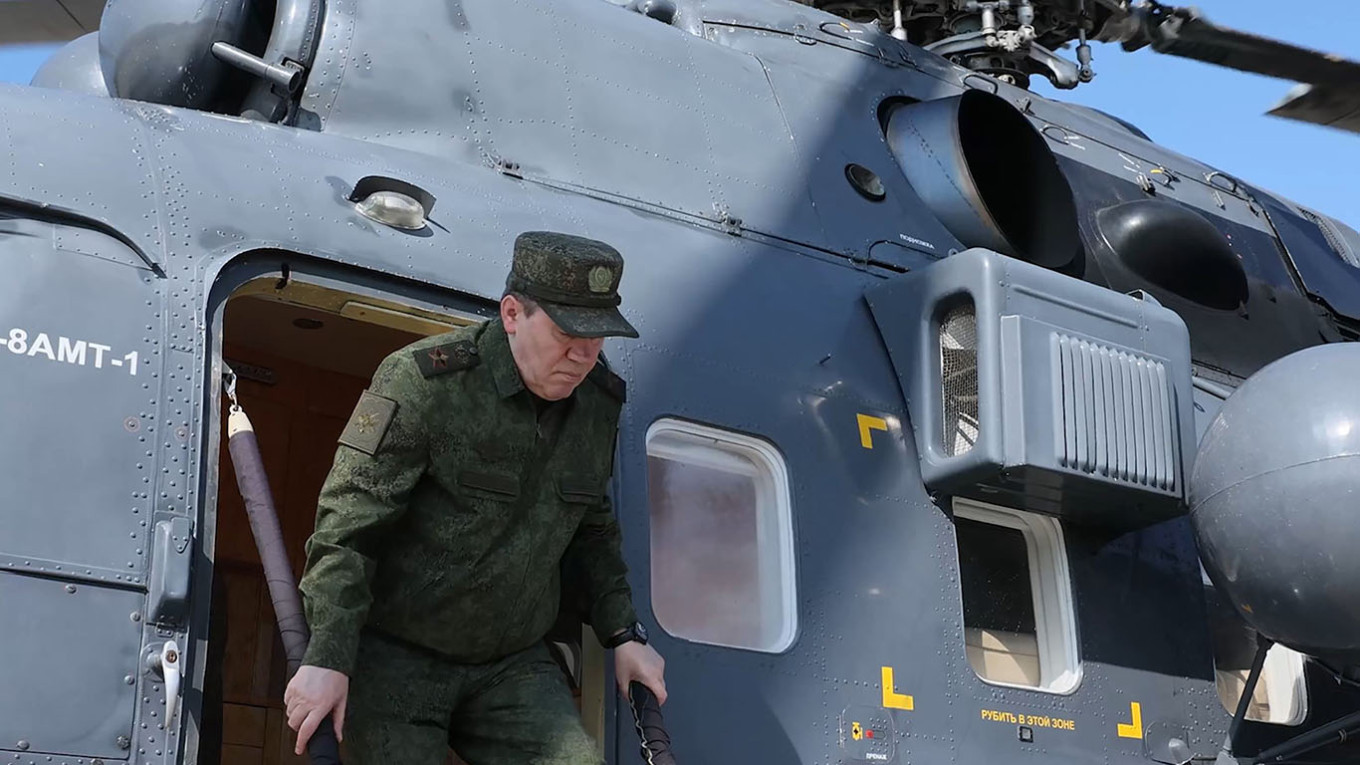In late August, Valery Gerasimov, the chief of Russia’s General Staff, announced significant victories for his troops in eastern and southern Ukraine during the summer offensive. He mentioned the capture of thousands of square kilometers, nearly 150 towns, and a near-encirclement of Kupiansk, a crucial city in the Kharkiv region.
However, independent experts present a much less hopeful perspective.
Western analysts, Ukrainian officials, and even some pro-Russian military bloggers contend that Moscow’s advances are considerably less impressive than the Kremlin asserts and have incurred heavy losses in terms of personnel and equipment.
According to analysts, the disparity between the optimistic reports from the Russian military and the actual situation on the ground fuels President Vladimir Putin’s belief that Russia is succeeding in the war. This perception, they argue, diminishes any motivation for the Kremlin to pursue meaningful peace negotiations.
Ukrainian military analyst Ivan Stupak stated that there is no clear “spring-summer offensive” and expressed concern about the vagueness of Russia’s strategic goals.
“The Russian army has been on the move continuously since October 2023. Without a clear strategy, the Kremlin can label any outcome as a ‘victory’ — it is easy to frame the results achieved as aligning with the initial plan,” Stupak told The Moscow Times.
As reported by the U.S.-based Institute for the Study of War, Russia has reportedly captured around 2,346 square kilometers and 130 settlements since March 1 — approximately a third less than Gerasimov claimed.
Regarding Kupiansk, which Gerasimov asserted was partly under Russian control, analysis of satellite images and publicly available data indicates that Moscow only controls about 6.3% of the urban area.
Some discrepancies in reporting seem intentional. The map presented during Gerasimov’s briefing, for instance, included territories captured as far back as early 2024, exaggerating this year’s accomplishments.
According to analysts from ISW, the dual purpose of this messaging is to project strength to Western audiences considering military support for Ukraine, while also soothing a domestic public increasingly fatigued by the ongoing conflict.
On the battlefield, Russia has not succeeded in capturing any major Ukrainian cities this summer.
The only notable progress was in Chasiv Yar, a small yet strategically important town in the Donetsk region, which has suffered extensive damage due to prolonged fighting.
In other areas, Russian advancements have either stalled or been reversed.
Russian forces reached the outskirts of Pokrovsk, a major Ukrainian position in Donetsk, but did not gain full control.
In August, Russian units made quick progress near Dobropillia, located northeast of Pokrovsk, but Ukrainian troops have since regained some ground in a counteroffensive.
Stupak, referencing military sources, mentioned that Kyiv is currently attempting to “trim” the salient around Dobropillia; while the process is slow and costly, Ukraine still retains operational initiative in this localized campaign.
In Kupiansk, which was liberated by Ukrainian forces from Russian occupation in late 2022, over a year of intense combat has yet to result in a breakthrough.
Gerasimov’s assertion that half of the city is under Russian control has not been validated by Ukrainian open-source intelligence (OSINT) projects and has even drawn skepticism from some pro-Russian bloggers.
The pro-Russian Telegram channel Anatoly Radov noted, citing Russian military personnel, that a significant portion of the area surrounding Kupiansk is considered a “grey zone,” where small units of soldiers navigate through forests rather than establishing a unified occupation.
“They are gradually pushing through our defenses. We’re facing a manpower shortage — certain units have dwindled to 14% of their strength. A Ukrainian withdrawal is inevitable, yet not to the extent that the Kremlin desires,” said Ukrainian expert Stupak.
Russia exploits Ukraine’s lack of manpower by deploying small teams to infiltrate Kyiv’s positions, subsequently sending in reinforcements to secure territory, according to Stupak.
The Russian Defense Ministry has released videos showing soldiers placing flags in disputed areas of Kupiansk, portraying these actions as evidence of their victories.
Nevertheless, critics—including some pro-Russian bloggers—argue that these often amount to symbolic photo ops rather than indications of enduring control.
“The announcement of liberating half of Kupiansk is especially sensational, considering its significance for the Supreme Commander-in-Chief,” wrote Russian military journalist Yuri Kotenok, alluding to Putin. “Now the question remains about the origin and the authorship of this presentation from the General Staff.”
There are accusations that commanders are sending inadequately prepared troops on perilous missions to produce images that support official narratives.
“This is outright betrayal! Don’t leaders realize this can spell disaster for the assault troops, for our people? It’s a one-way mission,” remarked the Telegram channel Yasinovataya: Donbas on the Frontline in response to Gerasimov’s statements and the Defense Ministry’s footage from Kupiansk.
The human cost of Russia’s offensive is devastating.
Exiled Russian media outlets Meduza and Mediazona estimate that Russia has lost around 220,000 soldiers since 2022.
For the summer 2025 campaign alone, Russian analyst Yan Matveev estimates casualties could be about 30,000 dead and up to 60,000 wounded.
Soldiers report experiencing brutal, attritional tactics and “meat assaults”—mass frontal attacks where waves of troops are sent forward until a few manage to secure a position.
In some instances, units have reportedly suffered losses of up to 95% of their personnel before being deemed combat-ineffective, which contradicts regulations that would usually mandate withdrawal after losses of 30 to 50%.
Concurrently, it appears that Russia is conserving its armored vehicles.
Matveev noted that losses of tanks and vehicles decreased over the summer, indicating that commanders are reserving equipment rather than risking it on the front lines.
Soldiers often depend on vehicles financed through personal funds or donations, only for them to be quickly destroyed in combat.
“Undoubtedly, the Russian army maintains an initiative on the battlefield,” Matveev stated. “However, summer 2025 has revealed the limitations of its capabilities and the inability to bring the conflict to a definitive victory.”
For now, the Kremlin continues to proclaim steady gains — and analysts warn that Putin continues to be convinced by these assertions.

